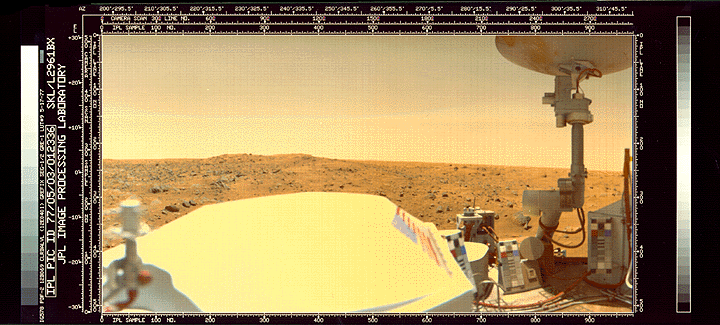Ten years ago today — October 11, 2000 — the Space Shuttle Discovery launched from the Kennedy Space Center on mission STS-92, en route to the International Space Station.

(Z1 truss with communications antenna extended. Still image from NASA video.)
STS-92 was also known as space station assembly flight ISS-05-3A. U.S. astronauts Brian Duffy, Pamela A. Melroy, Leroy Chiao, Peter J.K. Wisoff, Michael Lopez-Alegria, and William S. McArthur, along with Japanese astronaut Koichi Wakata, spent 12 days in space, about half of which involved adding the Z1 Integrated Truss and the third Pressurized Mating Adapter (PMA-3) to the space station.
The astronauts completed four EVAs during the mission:
- EVA #1: 6-hours, 28-minutes — connection of electrical umbilicals to provide power to heaters and conduits located on the Z1 Truss; relocation and deployment of two communication antenna assemblies; and installation of a toolbox for use during on-orbit construction.
- EVA #2: 7-hours, 7-minutes — attachment of the PMA 3 to the ISS and preparation of the Z1 Truss for future installation of the solar arrays that will be delivered aboard STS-97 in late November.
- EVA #3: 6-hours, 48-minutes — installation of two DC-to-DC converter units atop the Z1 Truss for conversion of electricity generated by the solar arrays to the proper voltage.
- EVA #4: 6-hours, 56 minutes — testing of the manual berthing mechanism; deployment of a tray that will be used to provide power to the U.S. Lab; and removal of a grapple fixture from the Z1 Truss. Two small rescue backpacks that could enable a drifting astronaut to regain the safety of the spacecraft were also tested.
The image below shows astronauts testing the SAFER rescue backpack.

(Astronauts Wisoff and Lopez-Alegria during the final of four STS-92 space walks. Still image from NASA video.)

















